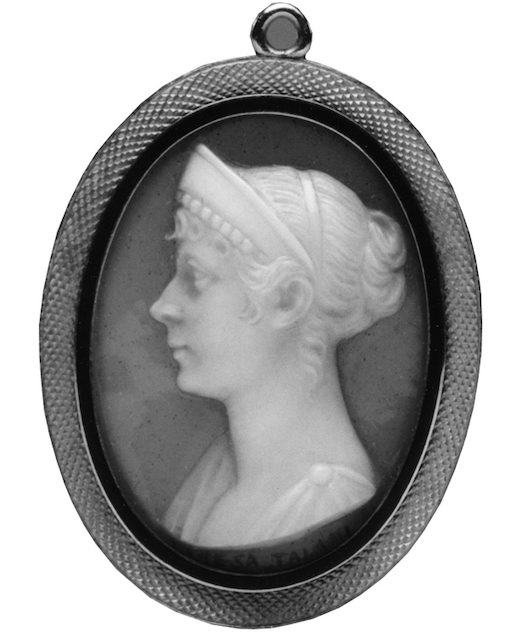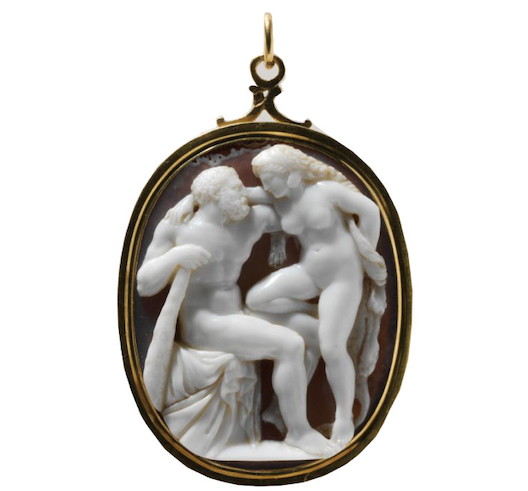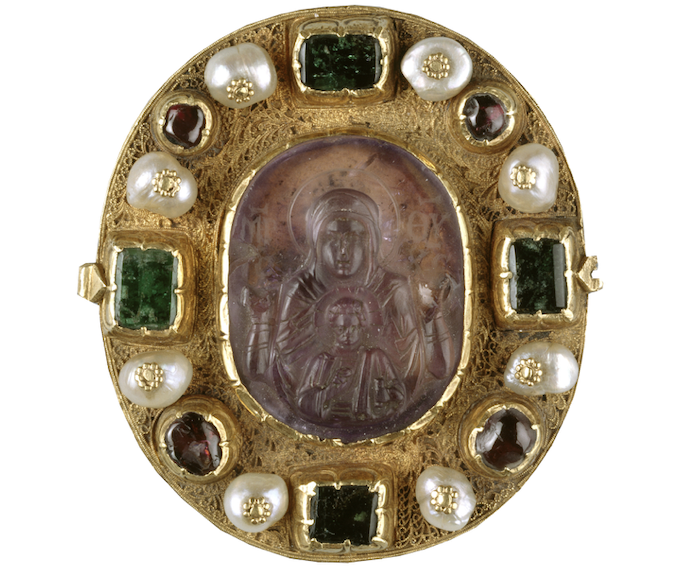You may be familiar with cameo jewellery from your grandmothers’ jewellery box or the antique shop down the road, but if you’re anything like me, you’ll struggle to put a name to the face – quite literally. Cameo jewellery is surprisingly abundant and can be worth a small fortune. Each cameo is a tiny piece of art, handcrafted in a variety of materials and requires an array of intricate techniques to perfect the classic silhouette. Iconic jewellery trends have a way of resurfacing through the ages, and the cameo is a perfect example. Cameos are back in a big way, from brooches, to earrings and rings. Here’s everything you need to know about this cool, not-so-new trend.
At face value
The value of a cameo depends on a range of factors such as; material, age, image and setting. The key to appraising a cameo is identifying what it is made of. Typically, cameos will consist of shell, coral, stone, or lava. Stone, more specifically Agate, Amethyst, Lapis and Malachite, make for more valuable cameos since they are difficult to carve, require significantly more talent to produce and outlast other materials. Lava cameos originate, mostly from an archaeological dig in Pompeii which gave us the gift of Basalt. Basalt is very dark and useful for highly detailed carvings. Shell and coral cameos are the most popular to date and are usually a light pink colour. These are the ideal classics to accessorize your retro-inspired look.

Picture this
Scenic cameos are generally more expensive than bust cameos. A very popular scenic motif around 1860 was what is known as ‘Rebecca at the Well’ – there are many variations of this theme, but they usually include a cottage, a bridge, and a girl. Bust cameos that depict women with jewellery such as a necklace, bracelet, or earrings are known as habillé, which means “dressy.” Habillé cameos became popular during the 1840s. Most profile cameos depict a female facing right, some face left, and even fewer are full-face, featuring women with elaborate hats or those impossible-seeming up-dos.

History repeating itself
Experts say that cameos realised their greatest popularity in the Roman era but enjoyed periodic revivals, in the early Renaissance, and again in the 19th century. Roman cameos differed from our classic Victorian ones with the introduction of religious figures and mythological images. During this time, women also wore cameos to display their willingness to engage in the act of lovemaking – Tinder for the toga times! In more recent history, Queen Victoria is credited with popularizing shelled cameos in the 19th century, thankfully providing us with more vintage cameos today.

Cameo jewellery is iconic, timeless and elegant, and luckily, super trendy right now! While you could scratch through your gran’s jewellery box, we recommend you head to bidorbuy to see the selection of cameos we have to offer… and who knows what other treasures you may stumble across here!









